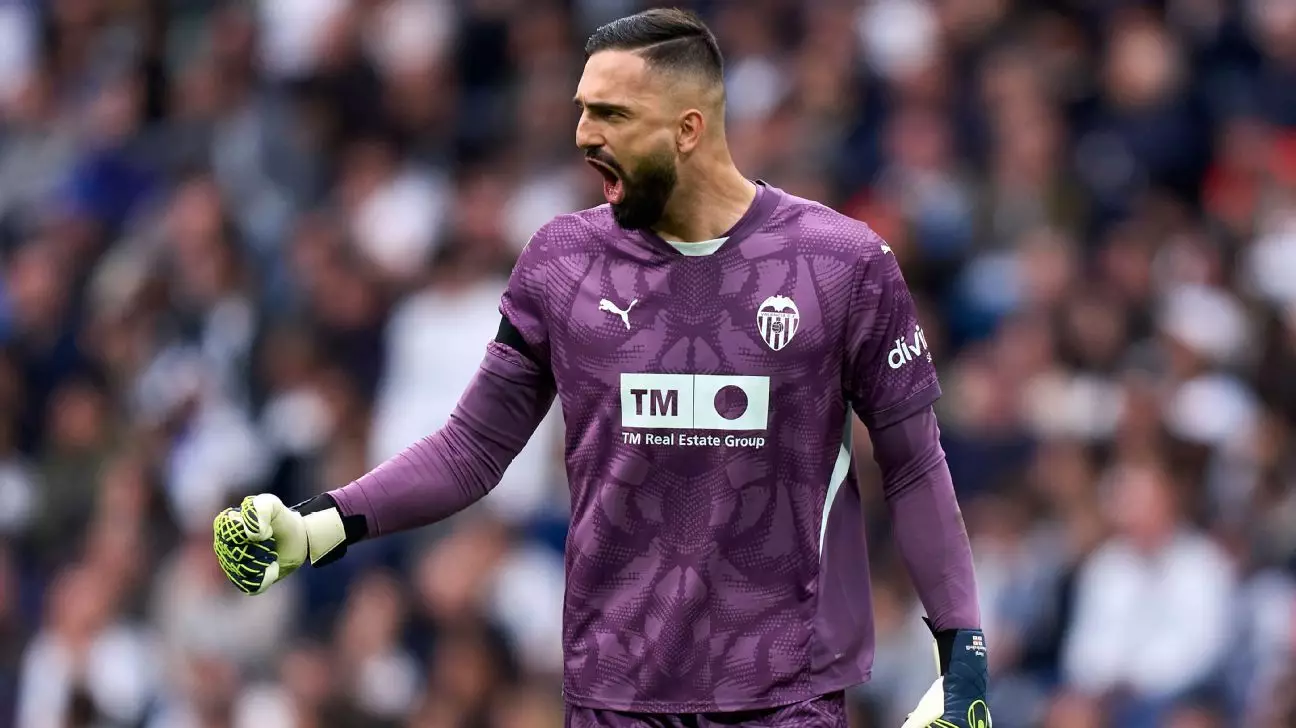The summer transfer window of 2025 is poised to be a unique and transformative period for football clubs globally. The looming shadow of the FIFA World Cup, scheduled to kick off on June 15, has compelled football associations and clubs to adapt their strategies and timelines for player acquisitions. The blend of excitement and uncertainty promises that this year’s transfer dynamics will be a riveting watch for fans and analysts alike.
For clubs involved in the World Cup, a special window opens from June 1 to June 10. This unique opportunity allows them to register new players who can partake in the tournament. Such a decision is not obligatory; however, clubs must weigh their need for fresh talent against the constraints of their existing rosters. The prospect of bolstering squads while others are preoccupied with international duties presents both strategic advantages and risks.
Furthermore, FIFA’s regulations permit teams to make last-minute changes to their rosters. The ability to replace players with expired contracts between June 27 and July 3 adds another layer of complexity to the transfer dealings. The prospect of last-minute additions or replacements can be a double-edged sword—while it offers opportunities to adapt and strengthen, it also risks disrupting team chemistry right before crucial matches.
The European Context: A Harmonized Yet Unique Approach
Traditionally, football leagues across Europe have synchronized their transfer windows to create some semblance of order. However, with the World Cup influencing timelines, some of this harmony is set to shift. The general pattern remains, with many European leagues’ transfer windows beginning on July 1 and closing on September 1. Still, the alterations to adjust to the tournament’s schedule bring an unprecedented twist to an otherwise formulaic approach.
The discussions between the top five European leagues, resulting in these modified windows, underscore a desire for collaboration amid individual club needs. Clubs may need to strike a balance between participating in the frenzy of international signings while maintaining their competitive edge domestically. For instance, the Premier League’s decision to close its window on September 1 at 11 p.m. BST/6 p.m. ET echoes this collaborative spirit, even as clubs scramble to finalize deals.
Dealing with International Interruptions
While major clubs in England, Spain, and Italy gear up for an intense transfer season, it’s essential to consider how international tournaments invariably affect the market. Clubs not participating in the Club World Cup will find their purchasing power dwindling significantly as they navigate the chaotic landscape of competition. These teams will have to exercise patience, as key figures in their strategies might wait for the conclusion of the tournament before making moves, creating a delayed ripple effect throughout the leagues.
Moreover, the influence of international agreements complicates matters further. Although free agent deals can be agreed upon outside of the transfer window, the logistical hurdles of aligning differing league timelines can lead to significant delays. For instance, the Bundesliga clubs like Bayern Munich and Borussia Dortmund will be facing the same challenges, having their names associated with the Club World Cup. Their decisions will undoubtedly impact their domestic competition, forcing rivals to reassess their strategies based on what happens on an international level.
Unique Challenges for Different Leagues
Each domestic league’s approach to the transfer window is unique and demonstrates significant variances in how clubs operate. For instance, LaLiga and Serie A schedule their windows precisely, with little room for flexibility outside of established parameters. This rigidity contrasts sharply with the Premier League’s more dynamic structure, which has showcased a willingness to adapt rapidly to circumstances.
Particularly challenging is the WSL (Women’s Super League) structure, which opens its window on June 18 and extends through September 13. This prolonged timeline emphasizes a growing investment in women’s football, but it also raises questions regarding alignment with international competitions and the potential for player movement amidst global schedules.
The MLS’s secondary window further complicates international dealings, demonstrating that transfer dynamics don’t stop at Europe. The chain reaction caused by decisions made on one continent can significantly affect player movement and market dynamics elsewhere.
The Broader Implications of Player Movement
The transfer window is not merely about the movement of players; it’s emblematic of broader trends in player valuation, market inflation, and club ambitions. As clubs scramble to make strategic signings that bolster their squads—especially those eager to push towards glory—is indicative of their willingness to adapt and innovate.
Through this lens, the 2025 transfer window signifies more than just a series of deals; it embodies the thriving ecosystem of modern football, where athletic prowess intersects with shrewd business acumen. Clubs must approach their strategies with foresight, recognizing that missed opportunities can lead to lingering ramifications throughout the season.
The excitement leading up to this year’s transfer window is not solely in the prospect of new player arrivals but in the seismic shifts that could alter the trajectories of clubs in the pursuit of glory. As such, both clubs and fans alike gear up for what promises to be a dynamic, transformational chapter in football history.

